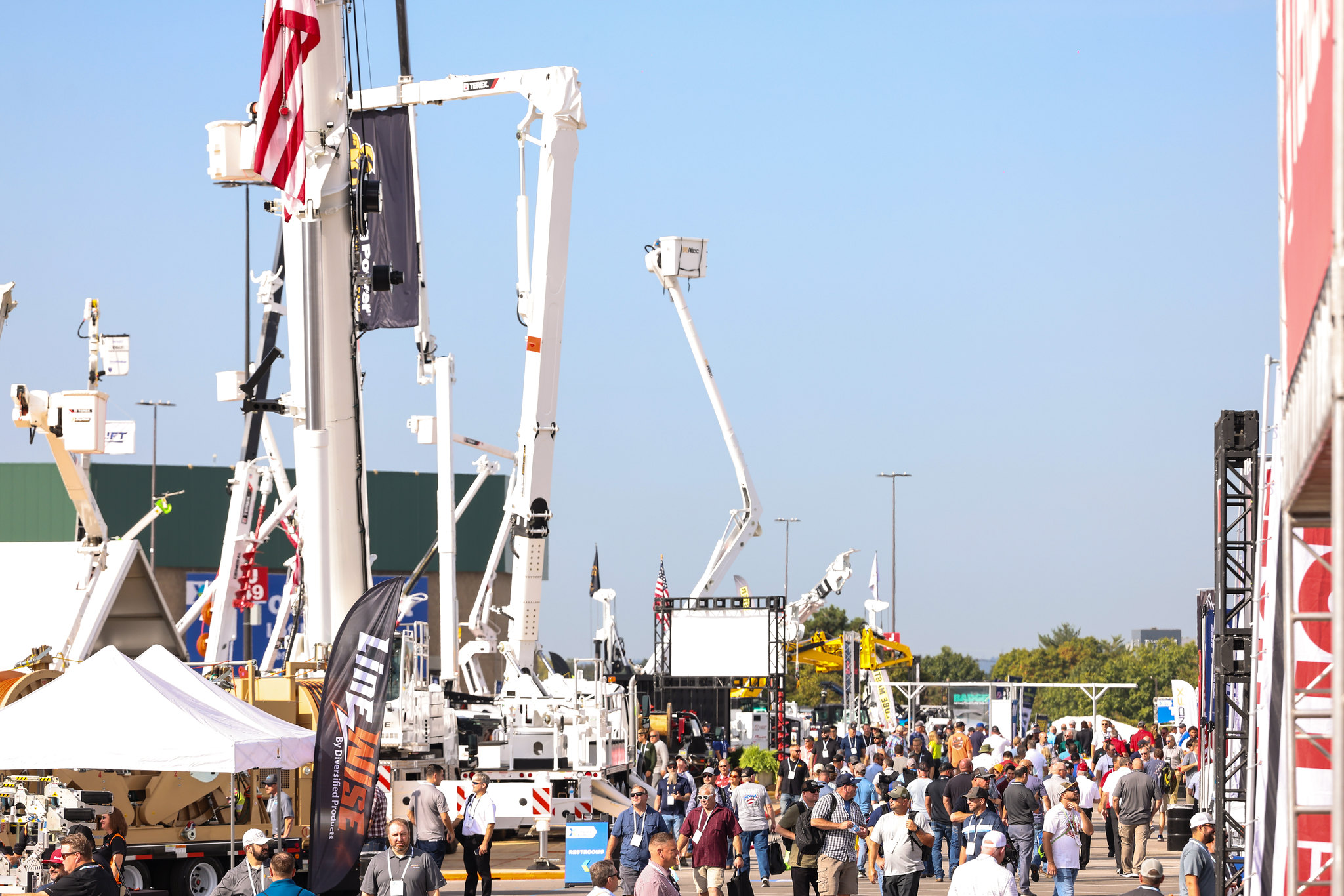By Trent Johnson, Safety and Compliance Engineer, Grain Weevil —
If you’ve spent much time around agriculture, you’ve inevitably encountered someone who’s been affected by grain entrapment or engulfment. It can take less than five seconds for entrapment to occur and less than 60 seconds for a person to be completely engulfed in flowing grain. Every year, grain engulfment accidents claim the lives of 23 farm workers where 1 in 5 are under the age of 18.
For years, there has been a focus on rescue efforts with insurance companies providing specialized rescue training and equipment to local fire departments. But what if there were another solution? What if we could provide farmers with a tool so they don’t enter the grain bin in the first place? What if we could send a robot inside the grain bin to do the work that no human should? That’s the mission of Grain Weevil where our philosophy of “No boots in the grain” can not only eliminate the hazard of grain entrapment and engulfment, but also provide economic benefits to our farmers in the form of grain management services.
Doing the Work No Human Should
There are many challenges and hazards associated with grain storage. Moisture, temperature, mold, and pest infestations can result in grain spoilage and deterioration which forms crust and clumps. Falling from heights, fumigants, combustible dust, equipment entanglement and of course grain entrapment and engulfment are some of the hazards associated with grain storage facilities.
Grain Weevil set out to build a robot that would allow farmers to move grain and break up crust and clumps from outside the grain bin, thereby eliminating the need to enter the bin and be exposed to the hazards of entrapment and engulfment. In doing so, we discovered that not only can we make life on the farm safer, the Grain Weevil robot can also have a positive effect on the farmers’ bottom-line. The auger drive-system of the robot provides aeration which breaks up crust and clumps and can even prevent their formation. This aeration improves the air flow through the grain which provides an immense benefit in the management of moisture, temperature and mold and can actually decrease the grain dryer run time. Future versions of the robot will include advanced automation and autonomy to further enhance the productivity of the robot.
Making It Safe
On the flip side of this coin, replacing humans with robots to eliminate the risk of engulfment increases the risk of dust fires and explosions since the robot is a potential ignition source. Grain Weevil is working to be the first manufacturer to achieve certification of a battery operated, wireless robot intended to operate in a combustible dust environment. While being the first to do something is certainly exciting and rewarding, the path to success has many obstacles.
Existing hazardous location standards and regulations may provide guidelines and requirements for certification, but they were written with fixed, hardwired devices in mind as opposed to mobile, battery powered, wireless robots. Standards have been written for automated mobile robots, but their emphasis is on factory settings rather than the dusty and dirty environments which are typical of agriculture. Throw in the need for functional safety and we have a path that is full of circular references.
This left us with the basic question, what comes first? A veritable chicken and the egg scenario. Attempting functional safety first before ever getting the robot into the hands of customers who will help us define what the automation and autonomy feature need to be, proved to be counterproductive (that’s not to say we are ignoring functional safety, just that we are not focused on any type of certification or assessment at this time). The automated mobile robot standards required functional safety and hazardous location to be completed first and the hazardous location standards required a normal location evaluation which pointed us right back to the automated mobile robot standard.
Attempting to achieve full certification on the first try would be a nearly insurmountable journey and not the most effective use of resources when considering that the biggest hazard, by far, is combustible dust. In the end, we knew we needed the hazardous location certification first. The need for protection against becoming an ignition source for combustible dust outweighs everything else. Once we achieve that goal, we can progress to functional safety standards and finally, the automated mobile robot standard.
For more AEM member perspectives, subscribe to the AEM Industry Advisor.





